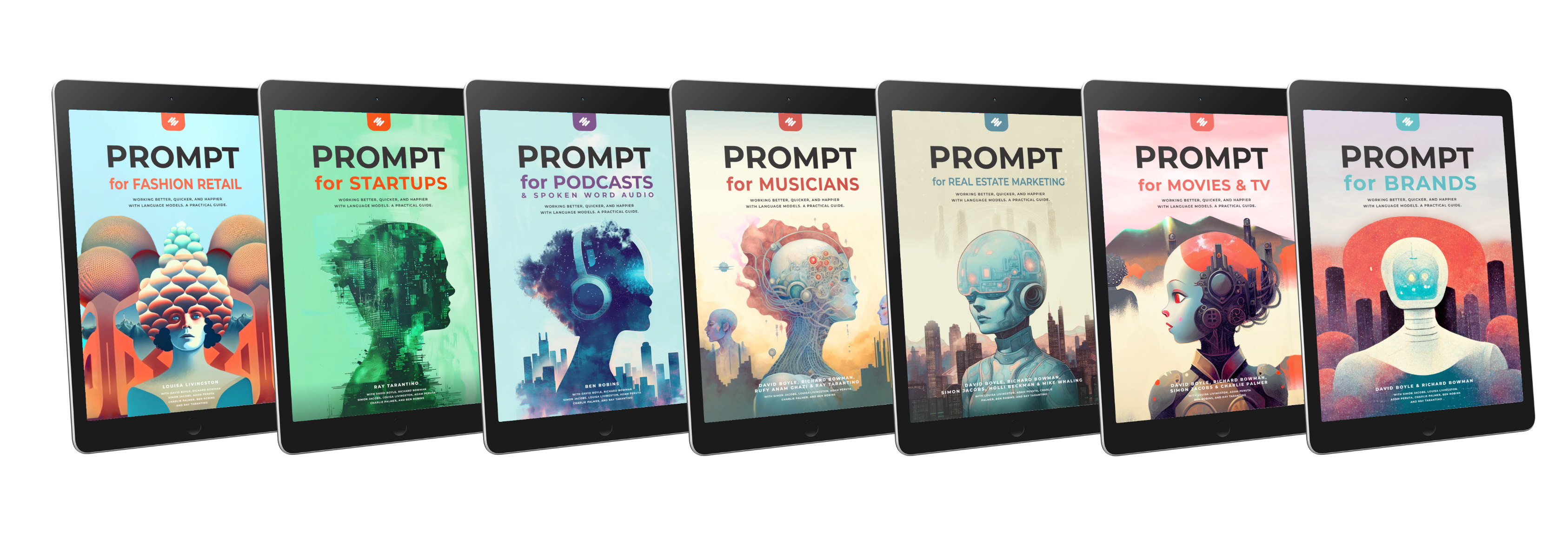In the rapidly evolving world of artificial intelligence (AI), it's easy to be mesmerised by the dazzling capabilities of these systems. However, this fascination often leads to a dangerous phenomenon called 'falling asleep at the wheel' when using AI. In this blog post, we will explore the risks associated with over-reliance on AI and why it's essential to maintain a balance between human oversight and automated efficiency.
The Lure of Autopilot
AI systems, from autonomous vehicles to advanced data analytics tools, promise efficiency, precision, and the ability to handle complex tasks with ease. While these benefits are undeniable, they come with a hidden risk: complacency. Over-reliance on AI can dull our critical thinking skills, making us passive observers rather than active participants in decision-making processes.
The Complacency Trap
When we trust AI to handle all situations flawlessly, we fall into the complacency trap. This over-reliance can lead to decreased vigilance and engagement. It's akin to a driver overly trusting an autonomous vehicle, paying less attention to the road, and being unprepared to take control in an emergency. In the realm of data analytics and creative industries, this might manifest as uncritical acceptance of AI-generated insights without questioning their validity or relevance.
The "Out-of-the-Loop" Phenomenon
As AI systems take on more autonomous roles, users often find themselves 'out of the loop.' In critical situations, this lack of involvement can lead to delayed responses and poor decision-making. We advocate for systems designed to keep users engaged, ensuring they remain part of the process and can intervene effectively when needed.
Balancing Act: Human-AI Synergy
The key to avoiding the 'asleep at the wheel' syndrome lies in striking the right balance between leveraging AI's capabilities and maintaining human oversight. We support the concept of 'informed creativity,' where AI provides data-driven insights, but human intuition and creativity guide final decisions. This synergy ensures that AI is a tool for enhancement, not a substitute for human judgment.
Conclusion
As AI continues to permeate various aspects of our lives, it's imperative to remain vigilant and engaged. By understanding the risks of over-reliance and advocating for systems that promote a collaborative human-AI relationship, we can harness the full potential of AI while mitigating its risks. Remember, in the age of AI, staying awake at the wheel is not just about attention; it's about maintaining an active role in the partnership between humans and technology.
